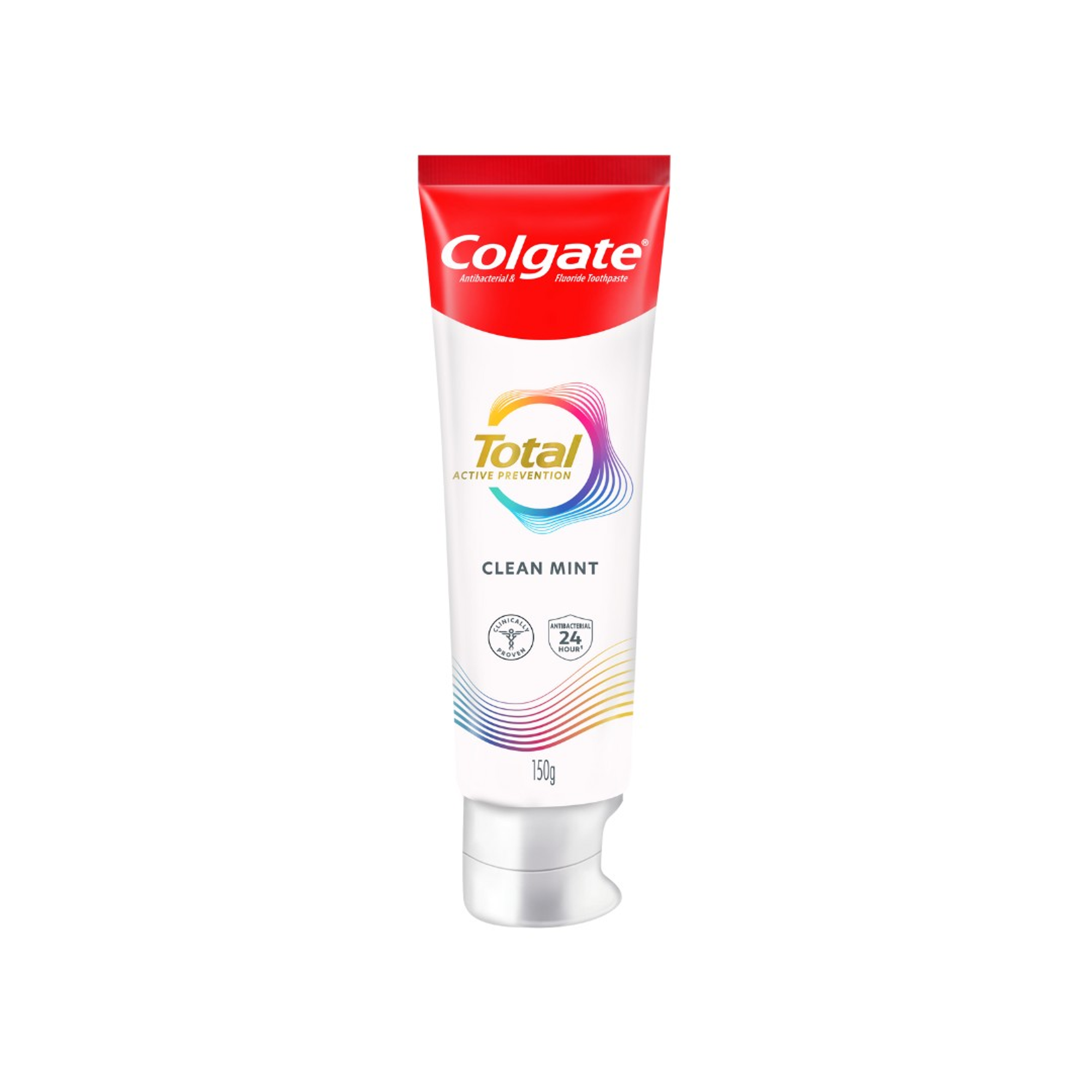-
-

ADULT ORTHODONTICS
Should You Use Mouthwash Before or After Brushing?Brushing and flossing are the foundation of a good oral hygiene routine, but mouthwash can also be a useful addition...

SELECTING DENTAL PRODUCTS
Soft Vs. Hard Toothbrush: Which One Should You Use?The toothbrush has come a long way. As the American Dental Association (ADA) notes...
-
Science & Innovation
- Oral Health and Dental Care | Colgate®
- Oral Health
- Enamel Decay: How It Starts And How To Stop It


Enamel decays in stages when a cavity begins to form, so taking early action can prevent it from progressing. A hard and mineralized coating, tooth enamel protects your pulp and dentin – the soft inner layers of the tooth. And when acids from common mouth bacteria attack the enamel, it changes color. This is the first sign of enamel decay.
Tooth Enamel
Tooth enamel is the hardest substance in your body. It is a crystal-like material, made mostly of a mineral called hydroxyapatite, that also contains smaller amounts of similar minerals. The natural color of enamel ranges from light yellow to grayish white; because it is semi-translucent, the color of the tooth's inner area contributes to its overall appearance.
Tooth enamel does not contain living cells, so you don't feel the first effects of its decay. The enamel slowly breaks down under acid erosion, and when it is wears away completely, it does not grow back.
Mouth Bacteria
Streptococcus mutans" is the bacterium responsible for enamel decay, and it lives in the mouth from the time your baby teeth erupt. Streptococcus mutans combines with the sugars and starches in food and plaque will adhere to it, according to Carrington College. When plaque sticks to tooth enamel, other mouth bacteria inhabit it. Together with Streptococcus mutans, the bacteria convert sugars in food to lactic acid, which demineralizes the enamel.
Stages of Tooth Enamel Decay
In its early stages, enamel decay is reversible. Cavities form very soon, however, and only a dentist can treat the damage. When lactic acid breaks down the minerals in your enamel, it turns white – but unfortunately not the white you want. The first sign of decay is actually a white patch on the tooth, and at this stage, improving your oral health habits and treatments is vital to prevent the decay from progressing.
In the second and third stages of enamel decay, explains the University of Rochester Medical Center, the affected area turns light brown and then dark brown. Finally the enamel wears off, allowing the acids to enter the soft inner part of the tooth and develop a cavity. Without treatment, this cavity grows larger and the tooth can become painful.
Preventing Enamel Decay
Tooth enamel cannot regrow, but it can remineralize at its remaining points with the help of fluoride. According to UC Santa Barbara, repeatedly coating tooth enamel with low concentrations of fluoride enables it to quickly grow new and larger enamel crystals.
Brushing twice a day with a fluoride toothpaste provides regular exposure to fluoride and, along with once-a-day flossing, helps keep the teeth free of plaque and other harmful acids. Using a fluoridated mouthwash also prevents existing decay from progressing. Your dentist can provide similar fluoride treatments to further protect the teeth and remineralize any weakened enamel.
Tooth enamel is a tough substance, but it still needs your protection. Good oral care can ward off acid attack, but you should also check your teeth regularly for white or brown areas that signal the start of decay. Your dentist is looking for these and other warning signs at every checkup to help you keep your tooth enamel in top condition.
Related Articles


Incipient caries are the beginning stages of a cavity. Find out more about incipient caries and how you can stop them in their tracks and avoid the drill.

If your dentist has told you that you have cavities, it's time to start thinking about ways to reverse tooth decay.
Related Products

Helping dental professionals
More professionals across the world trust Colgate. Find resources, products, and information to give your patients a healthier future








